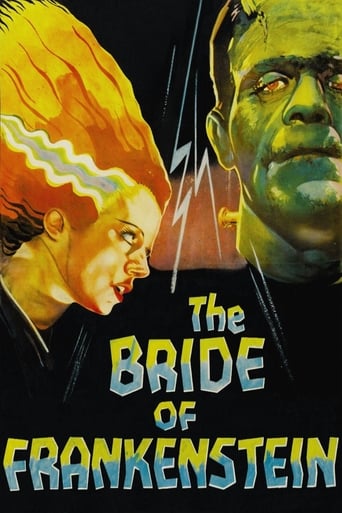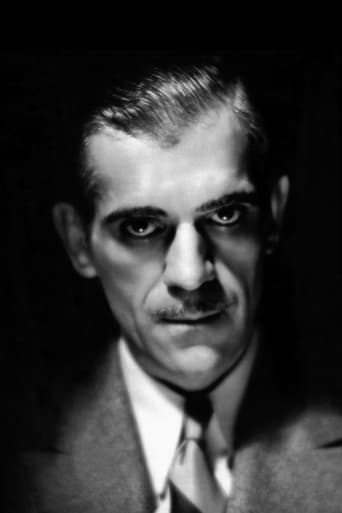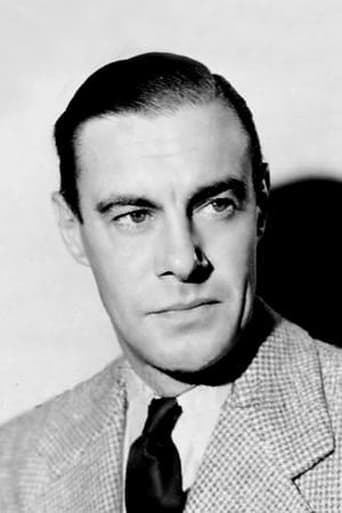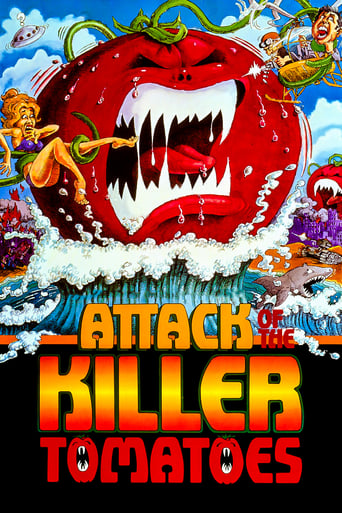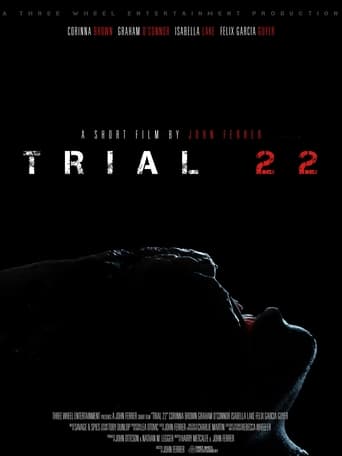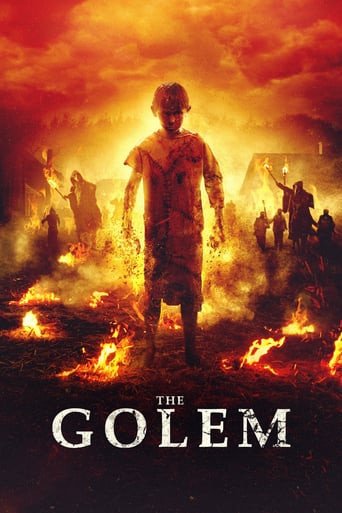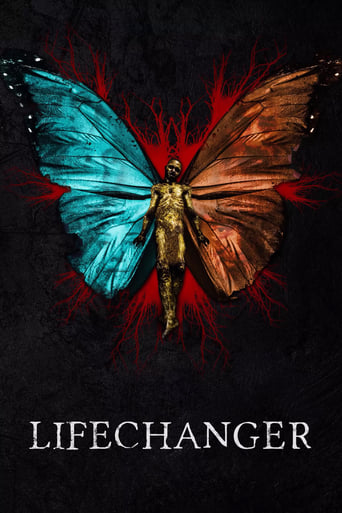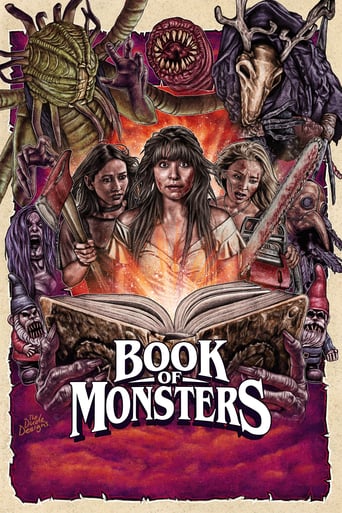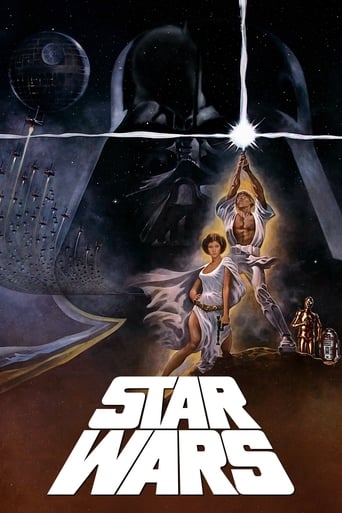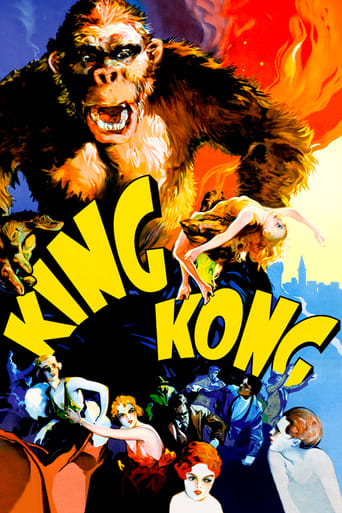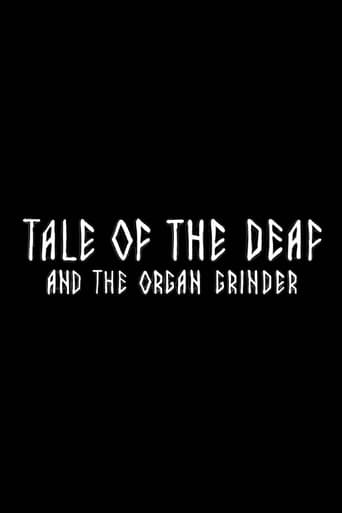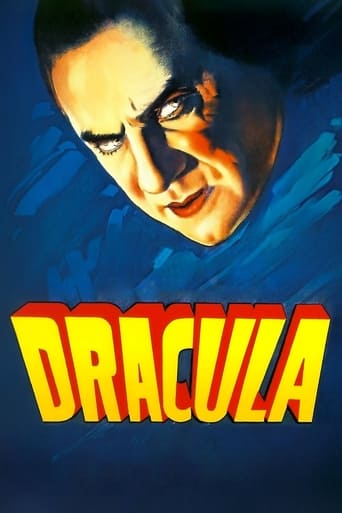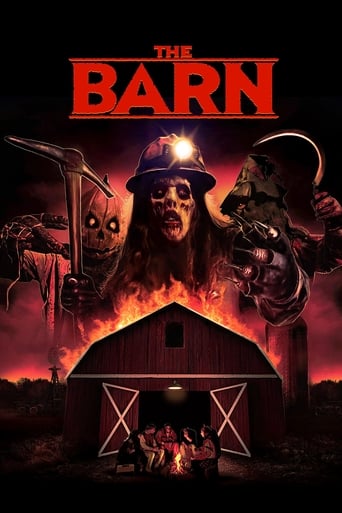Bride of Frankenstein (1935)
Dr. Frankenstein and his monster both turn out to be alive, not killed as previously believed. Dr. Frankenstein wants to get out of the evil experiment business, but when a mad scientist, Dr. Pretorius, kidnaps his wife, Dr. Frankenstein agrees to help him create a new creature.
Watch Trailer
Cast


Similar titles
Reviews
"The Bride of Frankenstein" is so hypnotic in its eeriness, so intelligent in daringness and capable in wackiness that it had me puzzled for a while, caught in a long brainstorming in order to decide whether it was better than the original, as it's often said to be, or not. To put it simply, it's better because it's not just brilliant but brilliant in the way it doesn't prepare you to its own brilliance. After the first fifteen minutes, I thought James Whale was parodying himself, I couldn't think of Una O'Connor as a comic relief but rather a symptomatic attempt to deconstruct in the most over-the-top way all the established notions of the predecessor. And when Doctor Pretorius (Ernest Thesiger) showed his little squeaking 'homunculi', there was no doubt anymore, something was too outrageous about "The Bride" not to be intentional, and it took me some time to appreciate it. Then the story slowly and confidently unfolds its most wicked twists with a score and a photography so penetrative we're immediately lured into it. The Monster saves a woman from drowning as to make up for his previous crime, he tries to make friends, making an actual friend out of a blind hermit in a touching and satisfying emotional interlude, then the Monster learns how to speak, longing for a mate and domesticating his own terror of fire, mirroring our own rooting process. And finally, twenty minutes before its conclusion, action rises up to an ultimate spellbinding ride, reminding us that the film was after all about "The Bride of Frankenstein", in case we forgot... I think I almost did. In fact, the film was so visually and narratively dense that it makes you easily forget how little screen-time the Bride has.And yet she's still what makes the greatest impression of all, which says a lot about the movie and its status in the ghostly Pantheon. The image of the Bride, played by (but not credited as) Elsa Lanchester, with the towering hair and the trademark streaks, her robotic movements as if she was still infused with electric power and her unforgettable scream when her eyes meet Frankensteins', all these moments rival with the iconic "It's alive!" scene from the first. It goes even further than that, I mentioned in my review that the 'alive' scene was perhaps the most climactic non-climax scene ever, but here it's played for the climax and you can tell James Whale made the process even more heart-pounding with the apparatus and the lightning effects on the two professors' faces playing like Morse-like flashy allegories of the rhythm of our own hearts. As far as our ears and eyes were concerned, what a sequence!Indeed, when you watch "The Bride of Frankenstein", you have the feeling nothing was left to chance and James Whale knew he had to outdo the original in every single department... and he miraculously did. We don't get the original disclaimer from Van Sloane but a surrealist discussion between Lord Byron and Mary Shelley played by a pretty and natural-looking Elsa Lanchester, the introduction uses flashbacks from the original film but the cast of Lanchester is a masterstroke in the way it points out that even the loveliest creature can have a monstruous counterpart. Van Sloane who played a rather bland tutor is replaced by Thesiger who, no pun intended, steals Clive's thunder and becomes a fascinating and unforgettable mad scientist figure, indulging to a few hammy and over the top dialogues, but indispensable as the foils to Frankenstein's retrieved sanity. And Frankenstein, of course, played by Boris Karloff (credited as Karloff), like Garbo, finally talks and while it doesn't deprive him from his sensitive side, it highlights a new tragic dimension as he can put words in his needs but doesn't have them fulfilled for all that, and finally concludes the film with a line that represents his only possible existential impulse sealing his fate as a tragic movie figure... and only getting from his Bride a hiss magnificently ad-libbed by Lanchester like Hopkins would do a few years later to make the 'chianti' line even more memorable, some remember "We belong dead", I'll remember that hiss. And yes, she's only there for a few minutes but she marked horror movies forever, becoming the first female monster of cinema... created by two men, doesn't that ring a bell? In "Interview With the Vampire", a male vampire sucked the blood out of a little girl's neck and his companion provided the taste of blood that would save her life albeit turning her to a vampire. While the homoerotic subtext between Louis and Lestat couldn't even escape from a numb attention span, the move was even more daring as it featured a conception of life from two men, as if only in the movies, the miracle could ever happen... and be plausible in its realm of fiction. If not directly based on Mary Shelley's book, "The Bride of Frankenstein", sixty years later, proved to be of similar boldness and it is a mystery whether James Whale intended it as a wink to his own sexuality. But while in my first review, I insisted on the sexual innuendo more than the religious undertones, the sequel creates a fascinating parallel between Frankenstein and Adam with the two men creating an Eve-like figure. The religious aspect of Frankenstein is even more apparent in scenes where the Bible is mentioned in a disdainful way as if there was no difference between Mary Shelley's fiction, the one she's about to tell in the opening and the story of Frankenstein, making the whole film an even more revolutionary for its time, so daring and so magnificent in terms of special effects."The Bride of Frankenstein" is a landmark of the horror genre, fascinating to deconstruct but works even better as an entertaining flick.
Frankenstein was a well developed movie that really showed the animations of the monster and how the monster originated. In the first movie people viewed it how even though you feel empathetic to the monster, the way he was created was so barbaric that he had to be destroyed. Viewers didn't get to really know the monster, they just knew that he was a dangerous killer that barely knew anything about the world. He was just filled with rampage and anger. In the sequel it shows how he connects with another person (the blind man) which in the first movie it showed he was completely incapable of that. The sequel humanized the monster, made him able to speak, to want and search for another soul that understood him, and/or possibly love him. This made you almost feel sorry for him, but unfortunately for this character life is only pain.
This still stands as one of my favorite horror films of all time, thanks to the very skillful direction of James Whale (Frankenstein, Invisible Man, Old Dark House (32)), the creepiness created by the photography of John Mescall, the dramatic music of Franz Waxman, and a wonderful cast, including Boris Karloff and Elsa Lanchester in their finest performances. When we consider how many horror movies have been made before and after 1935, this is a remarkable accomplishment.From the beginning, a fearful atmosphere of foreboding is established as the Shelleys gather with their pal, Lord Byron, before the fire on a frightfully stormy night and as Mary Shelley, the creator of "Frankenstein", demurely and calmly explains that the true monster of her origination is a man who would arrogantly attempt to imitate God.Even after many viewings since my childhood, which was many, many years ago, I am still as frightened of Karloff's character as I was way back then. The important scene in the blind hermit's house reveals to what extent the Frankenstein "monster" longs to be accepted by a world of which he never asked to be a part, by a "human" race among which he involuntarily found himself to no fault of his own. Only a blind man could tolerate him without experiencing the revulsion of his horrifying physical appearance. This is the true tragedy of "Frankenstein", and, if the situation weren't bad enough, the insane act of concocting a mate for him makes his plight even more wretched. In his final act of compassion (and why should he be compassionate in any way?), the "monster" demonstrates how much more human he is than the so-called "humans" around him by releasing Dr. and Mrs. Frankenstein from certain, violent death. Under the circumstances, did the true monster, Dr. Frankenstein, deserve such compassion? I wonder who is the greatest screamer in cinematic history? Una O'Connor both here and in "The Invisible Man" or Estelle Parsons in "Bonnie and Clyde"? In the end, I became more terrified by their sustained shrieking than by the actual causes of their hysteria.
Although I think the original Frankenstein film was very well done, this film is a close second with many similar aspects. Much like in the 1931 film, the lighting truly made the movie. The production staff used different lighting effects to draw attention to the aspects of the film that they thought the viewers should pay attention to and it made the film have a greater effect on those watching. The set was also constructed very well and complemented the mood that was being set and served as an enhancement to the film. As in the original Frankenstein, Boris Karloff did a terrific job as the monster although I cannot help but believe his performance was better in the original Frankenstein. None the less, he was still very effective and added that extra horror element that the audience was looking for.

